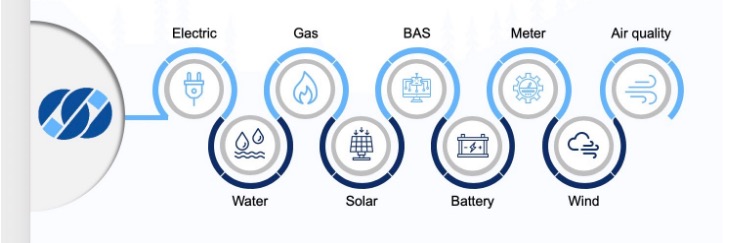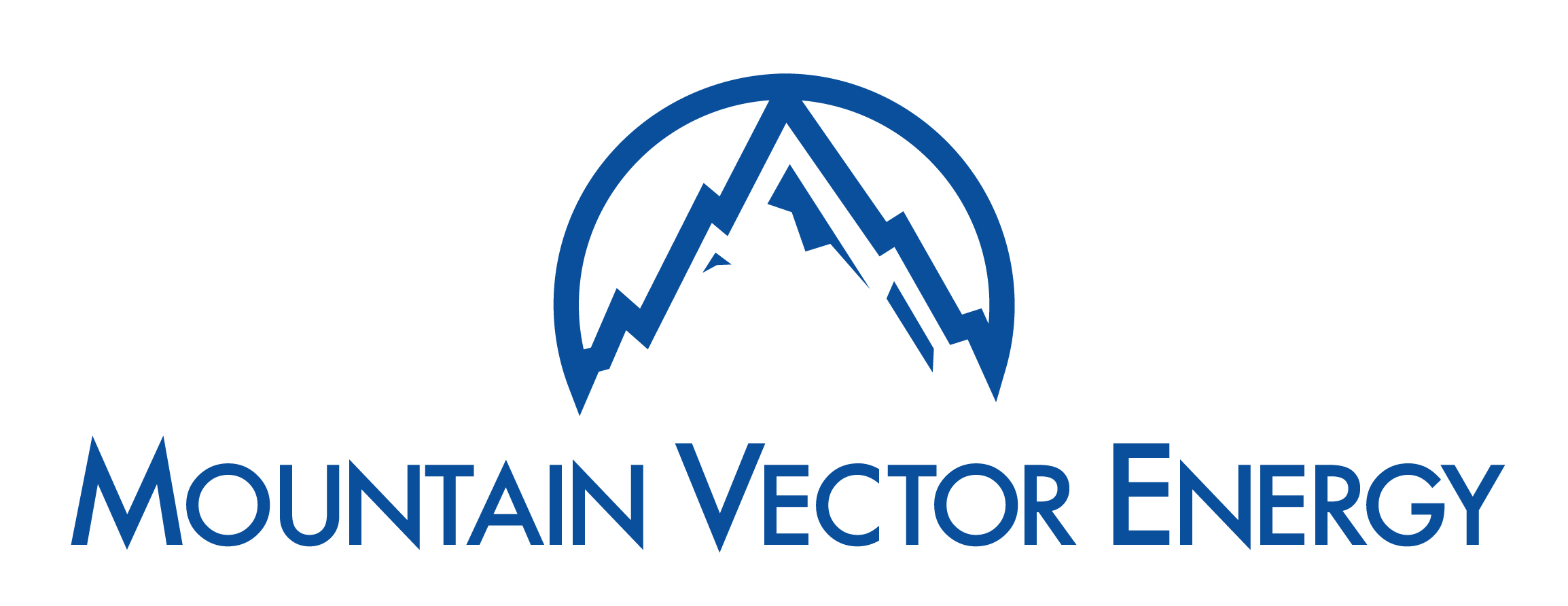The Internet of Things (IoT) is a universe of connected things providing key data and further processing of that data in the cloud to deliver business insights [1]. By 2025—more than 75 billion IoT devices will be connected.
IoT is actively shaping both the industrial and consumer worlds. Smart tech finds its way to every business and consumer domain there is—from retail to healthcare, from finances to logistics—and a missed opportunity strategically employed by a competitor can easily qualify as a long-term failure for companies who don’t innovate [2].
There are two main categories of IoT: Consumer IoT and Industrial IoT (IIoT). Consumer IoT covers all connected consumer products including smart watches, smart mirrors and all home monitoring devices. IIoT can be defined as a network of physical objects, systems, platforms and applications that contain embedded technology to communicate and share intelligence with each other, the external environment and with people–for example: smart factories, smart lighting and smart buildings.
The main advantages of IoT is to help facilitate capturing of and accessing real-time information. This can improve performance and efficiency, reduce costs and eliminate downtime [3].
One of the prime applications of IIoT with great impact on organizations’ bottom line is the ability for organizations to monitor, manage energy efficiency and reduce energy costs, which is also known as “IoT energy management solutions”. As the global energy and power consumption is expected to grow by 40% over the next 25 years, the need for smarter energy solutions, management and monitoring has reached an all-time high.
Challenges Facing Smart Energy Management Systems
- Data collection, processing and visualization: companies may have interval data recorders (IDR) that they’re not using to their full value and saved in different formats.
- Scalability: large organizations with complex utility spending struggle to understand what’s driving up their costs as they grow and expand their operations.
- Security: one of the most technically challenging tasks in IoT systems
- Maintenance: automation is a key solution in this area to keep all energy systems up to date
- Flexibility: integration with new technologies like digital twin, 5G and edge computing
- Integration: ability to work with existing systems
In order for organizations to overcome such challenges new smart energy solutions compete in the market with many creative solutions.
The main focus of such solutions is to install more IoT sensors (monitoring devices) to obtain more data which will help in the data analytic stage and give a more accurate picture about the energy usage in real-time.
In addition to understanding energy usage, monitoring devices can identify best opportunities for equipment replacement. This is a long- and short-term advantage for organizations, offering savings in time, money and staff over the long run.

Mountain Vector Energy is a clear leader in energy management solutions with its state-of-the-art technology software, Cufflink. They developed Cufflink to facilitate their own work as energy managers–then they patented the technology and made it available to other energy managers. Cufflink is the only software that shows real-time energy and water cost interacting with layered data on a granular level to make fast, money-saving decisions.
Cufflink has a robust web interface that can visualize information from all connected IoT devices. It is designed to identify anomalies and predict failures in equipment and building systems before they happen using the latest in data science. Cufflink is able to interact with building systems in a meaningful way and manages “end to end” data collection–characterize costs, identify cost reduction opportunities, and validate savings from changes.
Cufflink brings two hot technologies under one roof, IoT data analytics and machine learning in addition to solving the three challenges facing smart energy management solutions: security, connectivity and integration.
Do you want to implement IoT-based smart energy optimization across your facilities?
The team at Mountain Vector Energy has experience in helping large organizations in their water and energy efficiency. They can also get you set up with Cufflink, which integrates seamlessly with existing systems.

